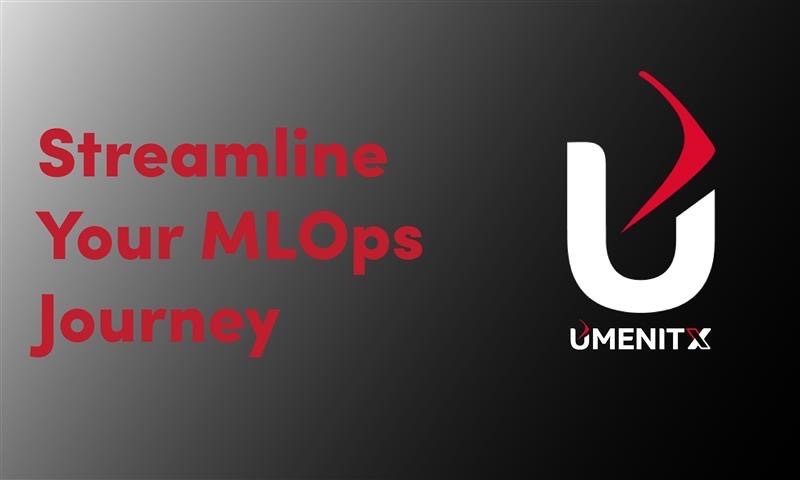Introduction
As organizations strive for rapid software delivery and continuous deployment, the importance of security cannot be overstated. DevOps practices have revolutionized the software development process, but they must be accompanied by robust security measures to ensure that speed doesn’t compromise safety. This article explores the critical need for DevOps security and outlines strategies to seamlessly integrate security into the continuous delivery pipeline
The Challenge of Security in DevOps
The acceleration of software development in a DevOps environment can sometimes lead to security being treated as an afterthought. Vulnerabilities, misconfigurations, and compliance issues can emerge when security isn’t woven into the fabric of the development process. The challenge lies in striking a balance between agility and security, where neither is sacrificed.
Integrating Security into the Continuous Delivery Pipeline
- Automated Security Testing: Implement automated security testing tools that can scan code, dependencies, and configurations for vulnerabilities. Integrate these tools into the CI/CD pipeline to catch security issues early in the development cycle.
- Infrastructure as Code (IaC) Security: Use IaC security tools to assess the security of infrastructure configurations. Ensure that all infrastructure changes are reviewed for potential security risks before deployment.
- Static Application Security Testing (SAST): Incorporate SAST tools to analyze code for vulnerabilities before runtime. Address security flaws during the development phase to prevent them from propagating further down the pipeline.
- Dynamic Application Security Testing (DAST): Integrate DAST tools to test applications in runtime environments, simulating real-world attacks and identifying vulnerabilities that may not be apparent in static code analysis.
- Secrets Management: Implement secure secrets management practices to protect sensitive data and credentials. Automated tools can help rotate secrets and enforce access controls.
Cultural Shift: Security as Everyone’s Responsibility
DevOps security requires a cultural shift that values security as a shared responsibility across all teams. Developers, operations, and security professionals must collaborate to ensure that security practices are integrated seamlessly into the development process. Communication and education are key components of this shift.
Benefits of DevOps Security
As technology continues to advance, IaC is poised to play an even more significant role. The concept will likely evolve to encompass more complex setups, further blurring the lines between traditional development and infrastructure management. With the rise of serverless architectures and multi-cloud strategies, IaC will enable organizations to deploy, manage, and scale their infrastructure with unprecedented ease.
- Early Detection and Mitigation: By integrating security testing into the CI/CD pipeline, vulnerabilities are identified and addressed early in the development process, reducing potential impacts.
- Cost Efficiency: Fixing security issues during development is more cost-effective than addressing them after deployment. It prevents costly post-release fixes and potential breaches.
- Compliance and Auditing: DevOps security practices help organizations meet regulatory requirements and pass audits by ensuring that security measures are implemented consistently.
Conclusion
DevOps security is not an option; it’s a necessity. As organizations strive to achieve continuous delivery and innovation, they must prioritize the integration of security practices into every stage of the software development lifecycle. By automating security testing, fostering a culture of shared responsibility, and emphasizing the value of security as an enabler rather than an obstacle, organizations can achieve the delicate balance between speed and safety in the ever-evolving landscape of DevOps.





